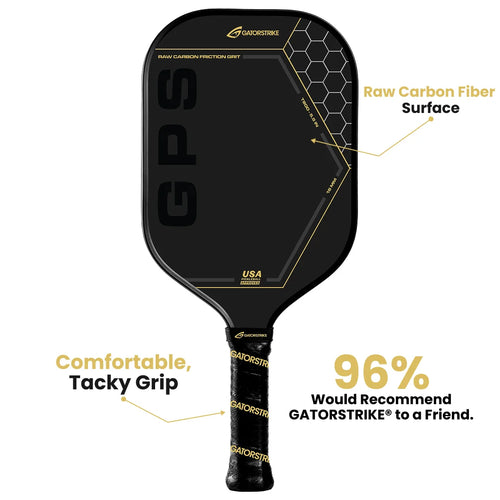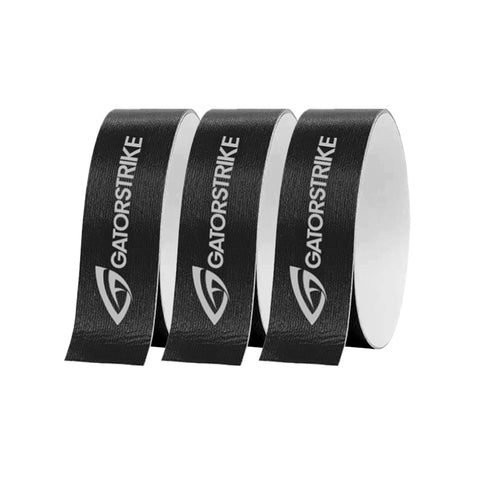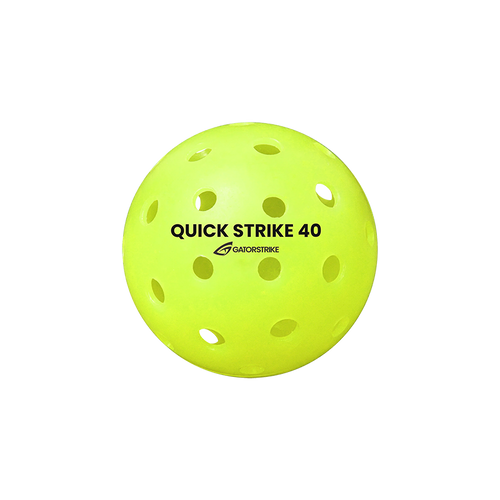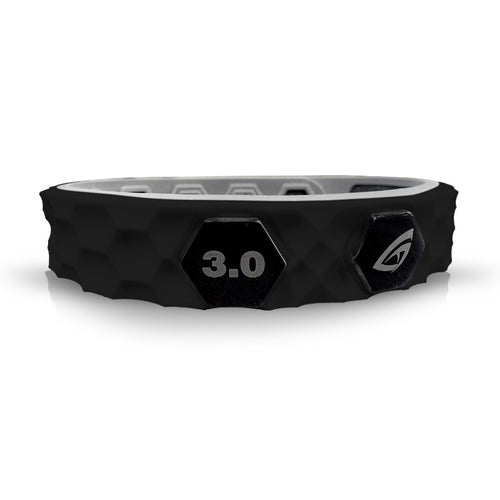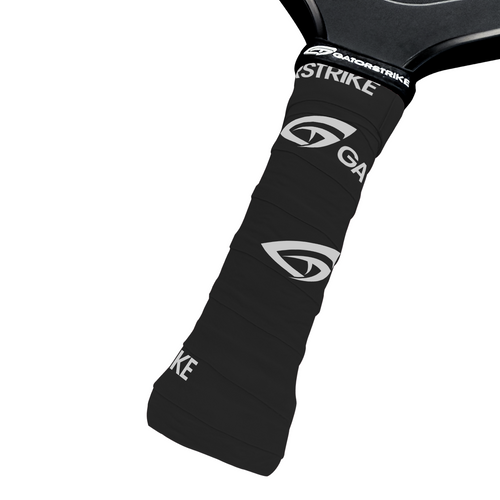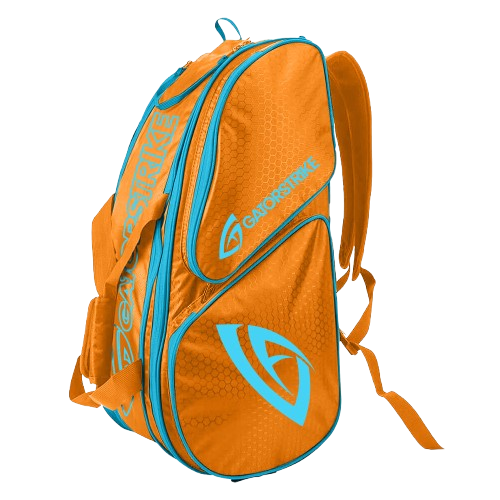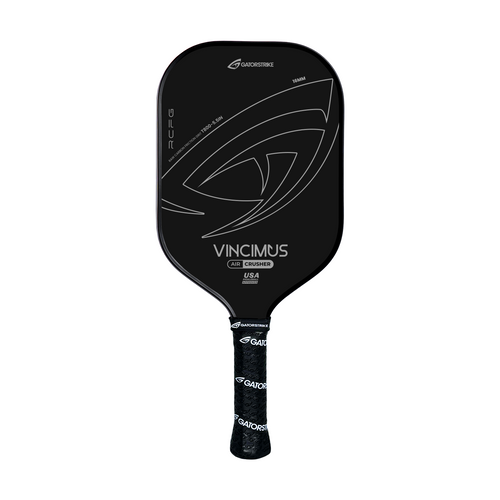
Let It Go: The Art of Deciding to Leave 'Out Balls' in Pickleball
Share
In the fast-paced world of pickleball, split-second decisions can define the outcome of a rally. Among these decisions, the choice to let a ball go "out" is both an art and a science. While it may seem like a straightforward call, the judgment of leaving an "out ball" requires acute awareness, strategic thinking, and a touch of courage. Mastering this skill can give you an edge on the court, saving points and keeping the momentum in your favor.
This article dives into the nuances of deciding when to let the ball go and how you can refine this often-overlooked skill.
Why Letting the Ball Go Matters
Leaving an out ball can be one of the most rewarding strategies in pickleball. It allows you to capitalize on your opponent’s mistake without lifting a finger—provided you make the right call.
-
Conserving Energy:
By letting the ball land out, you avoid unnecessary swings, preserving energy for more critical points. -
Capitalizing on Errors:
Recognizing and leaving out balls forces your opponent to own their mistakes, giving you free points and boosting your score without extra effort. -
Avoiding Unforced Errors:
Overzealous attempts to return balls destined for out-of-bounds often lead to mishits or faults.
The Science of Out Ball Judgment
Understanding the Court Dimensions
To make informed decisions, familiarize yourself with the court boundaries and your position relative to them.
- Baseline: Balls landing beyond the baseline are out, but those close to the line may require careful judgment.
- Sidelines: Shots veering wide of the court can be easier to judge, particularly with a good line of sight.
The Role of Spin and Speed
Spin and velocity play crucial roles in determining whether a ball will land in or out.
- Topspin: Balls with topspin tend to dip quickly, making them more likely to stay in.
- Lobs and Floats: High, slow-moving shots often go long, giving you a better chance to let them go.
How to Develop Out Ball Awareness
1. Train Your Eyes
The ability to track the ball’s trajectory is essential.
- Watch the Arc: The ball’s height and angle can often predict where it will land.
- Look Beyond the Paddle: Anticipate the ball’s path based on your opponent’s swing and spin generation.
2. Use the Court as a Reference
Your position on the court is a natural guide to assess the ball’s landing zone. If the ball feels too far to reach comfortably or its path seems to cross over your head or shoulder, there’s a strong chance it’s heading out.
3. Trust Your Gut—but Verify
While instinct plays a role, practice helps you build confidence in your calls. Training your judgment through drills and practice matches refines your ability to make split-second decisions.
When to Let It Go: Strategic Scenarios
1. Defensive High Balls
When your opponent sends a high lob or defensive shot, it often carries extra momentum. If it’s heading toward the baseline or sidelines, resist the urge to return it—chances are, it’s going out.
2. Wide Angle Shots
Cross-court shots or attempts to paint the lines can appear intimidating but are more prone to landing out. Observe the angle and trust your judgment.
3. Powerful Drives
Fast-paced drives, especially those aimed at your body, may feel overwhelming, but many of these shots carry too much force and fly long. Resist the reflex to swing and assess the ball’s trajectory.
Avoiding Common Mistakes
-
Over-Guessing:
Prematurely deciding the ball is out without observing its full trajectory can lead to regret. Let the ball travel as much as possible before committing. -
Hesitation:
Second-guessing yourself mid-decision often results in half-hearted swings or missed opportunities. -
Inconsistency:
Practice is key to building a reliable out ball judgment. Without consistent experience, even seasoned players can falter.
Practice Makes Perfect
Refining the art of letting the ball go requires practice, patience, and repetition. Here are a few drills to try:
-
Shadow Line Drills:
Stand at the baseline and have a partner hit shots near the line. Practice calling "in" or "out" without swinging at the ball. -
Trajectory Tracking:
Use slow-motion practice to observe the arc and bounce of various shots. This helps you develop a mental framework for predicting where the ball will land. -
Simulated Gameplay:
During practice matches, focus solely on judging out balls. Pay attention to patterns in your opponent’s shots that tend to go out.
Conclusion: Confidence in Letting Go
In pickleball, the decision to let a ball go out embodies a blend of skill, intuition, and experience. Mastering this art not only improves your scoreline but also sharpens your overall game sense. By focusing on trajectory awareness, practicing judgment, and staying calm under pressure, you’ll learn to trust your instincts and make smarter choices on the court.
So, the next time you’re faced with a borderline ball, take a deep breath, assess the situation, and let it go—confident in the knowledge that this simple decision is a hallmark of a savvy player.
